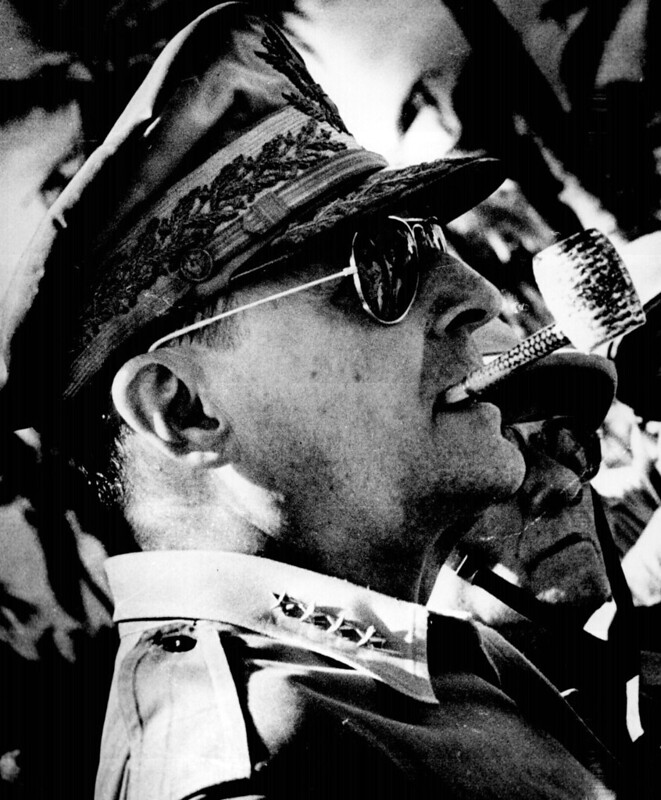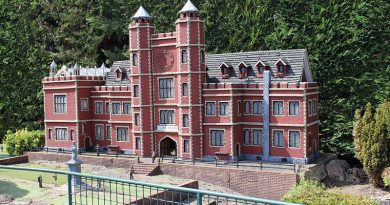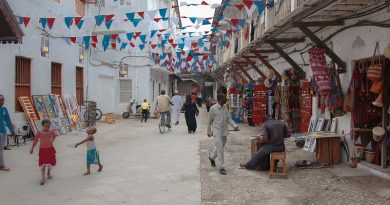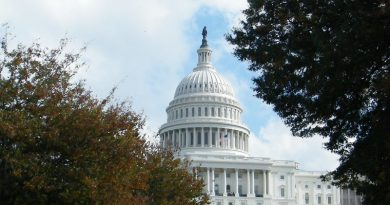Manus Island and WW 2 in the Pacific
Manus is the smallest province in Papua New Guinea, both in terms of land area and population, but it has a vast sea area (200,000 sq km). There are more than 200 islands, ranging from Manus, the largest (104 km long by 28 km wide) and highest (704 metres) to tiny coral atolls, most of which are uninhabited.
Manus was by-passed by colonists, although there was some contact with pearlers, whalers and beche de mer fishermen in the 19thcentury.
– There was an attempt made by the Germans in 1912 to explore the island and a few missionaries followed in their footsteps.
But Manus had been a tranquil backwater until WW2 raised its ugly head. Although not involved in the conflict at all PNG had the bad luck to lie bang in the middle of Japan’s advanc through Asia and the Pacific towards Australia. New Guinea, as it was then called, was next on the list. And when Japan successfully bombed Pearl Harbour, on American soil, even the U.S. decided that it was imperative to stop them as soon as possible.
The locals here were caught up in a war that had very little to do with.
The Japanese had occupied Manus in April 1942. In February, 1944 American and Australian forces recaptured the island, causing a great deal of damage to villages, for the construction of a huge base to counterbalance the Japanese forces at Rabaul.
Dock facilities were built around Seeadler Harbour and an airstrip capable of handling heavy bombers was built at Momote. Untold millions of dollars were lavished on the base and at times as many as 600 Allied ships were anchored in Seeadler Harbour. All in all, a million Americans and Australians passed through. A year after the war ended, the Allies had gone, but not before they had scrapped everything.

General Mac Arthur had failed to stop the Japanese advance in the Philippines and was largely held responsible for the success of the Pearl Harbour attack. As the U.S. Supreme Commander of the Southwest Pacific Area he was determined to put an end to Japan’s triumph.
From mid 1943 he employed. a new technique called island hopping. He concentrated his forces on insignificant islands, where Japanese forces were weak, sent in fighters and bombers to soften the defence and then engineers who build airstrips and repaired existing facilities to operate from them on advance locations.
It was genius. The whole thing happened without warning or pattern and so quickly that the Japanese didn’t have enough time to respond in time or in full force. Within a few months New Guinea had been secured – and it was all masterminded from Mac Arthur’s Headquarters on Manus Island.
The harbour here was once home to 300 ships and the airstrip was 7,000 feet long . The wrecks survive , the buildings still stand, and the airstrips are now overgrown…




